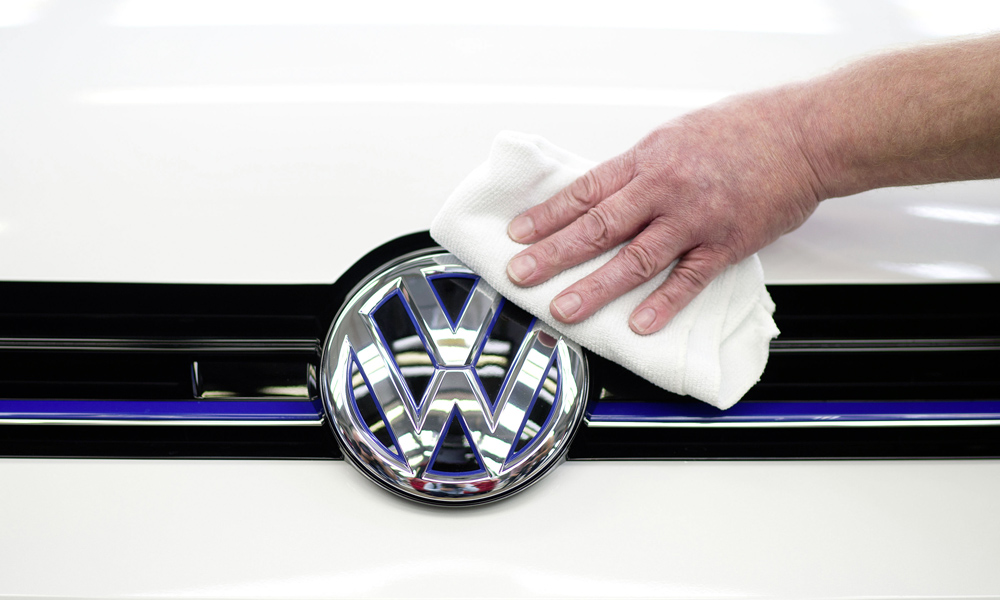
Can you advise on tyre pressures and who determines the prescribed pressures on vehicles: the car manufacturer or the tyre manufacturer? My Honda CR-V has 17-inch wheels with a tyre size of 225/65 R17 and recommended pressures of 2,2 bar. My wife’s Peugeot 206 has 14-inch wheels (tyre size of 175/65 R14) with recommended pressures of 2,4 bar. The Peugeot is lighter than the Honda, and yet Peugeot suggests a higher tyre pressure. Please explain.
ERROL CUNNINGHAM
Howick
Answer: In short, carmakers and tyre manufacturers work closely together during the development phase of a new vehicle (for example, the tyre pressure stickers in the vehicle are applied by the manufacturer, but only after consultation with the tyre manufacturer). Typically, the carmaker will approach several tyre manufacturers and ask them to produce three tyre compounds in specific size for the new vehicle. After a prototype-testing phase, the tyre choice is narrowed down to a single manufacturer (obviously, cost comes into the equation). Thereafter, the chosen tyre manufacturer will produce further compounds/tread patterns for the engineers to test before a final decision is made.
Tyre pressures play a part in comfort, grip, wear rate, noise and structural rigidity of the tyre. Typically, an SUV will use some of the flex in the tyre wall of the tyre as part of the suspension to keep the physical suspension setup (springs and dampers) firm, but still have a relatively soft ride. A hatch like the 206 will focus more on handling, so it is important for the tyre to keep its shape during cornering, hence a higher pressure is needed (although sidewall construction also plays a role).




